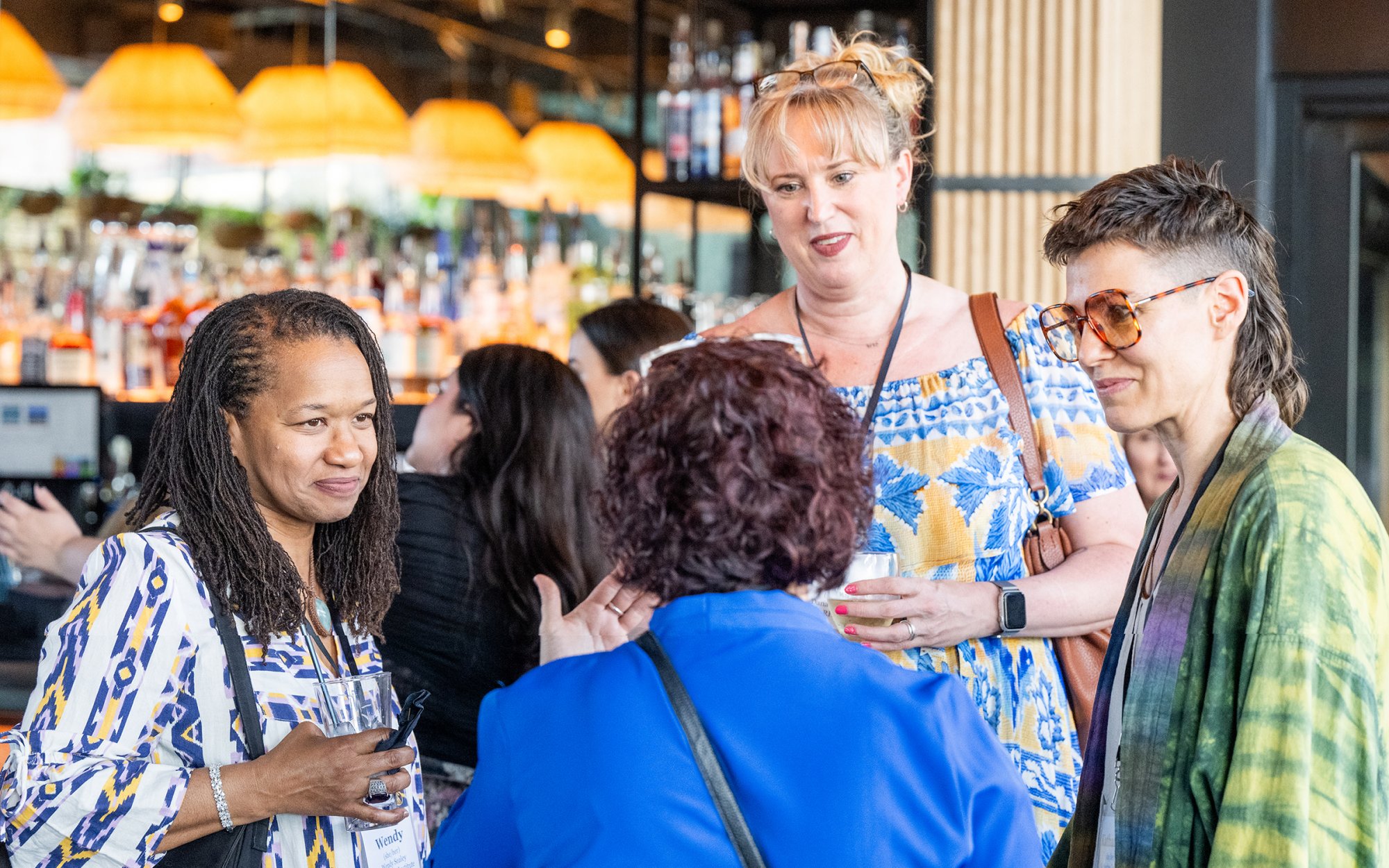On the Offense for Abortion Rights

We’re trying to identify policies that might mitigate the harms created by Dobbs while also not normalizing the reality of having to leave your state for abortion care.

Kelly Baden
This June, Guttmacher’s public policy team convened 46 stakeholders across the abortion rights movement for two days of generative conversation and workshopping. The goal? Seed the field with innovative, collaboratively created policy concepts to meet the new needs that have arisen since the Dobbs decision in the United States.
“We carefully mapped the incredible work happening in the movement to address our post-Dobbs reality. We saw an opportunity to be additive: convening academic and policy experts to cocreate new policy concepts, grounded in Guttmacher’s research,” said Kelly Baden, Guttmacher’s Vice President for Public Policy.
In the two years since the US Supreme Court overturned Roe v. Wade, the experience for abortion seekers has become increasingly challenging. Guttmacher estimates that in 2023, 171,000 people traveled across state lines to access abortion care, with some forced to traverse multiple states before reaching a location where abortion is legal. Abortion funds continue to assist, helping patients navigate the complex travel logistics necessitated by the time-sensitive nature of the health procedure.
“Some patients have never ridden an airplane before. They’ve never booked an Uber or checked into a hotel,” said Baden. “Abortion funds and other practical support groups are the bridge, supporting them through every step of the process.” Partners agree that the system is patchwork and unsustainable. Real policy changes are needed.
That need drove the conversation at the inaugural Policy Innovation Hub. “We’re trying to identify policies that might mitigate the harms created by Dobbs while also not normalizing the reality of having to leave your state for abortion care,” said Baden. Through facilitated workshops and small-group intensives, Hub participants brainstormed potential solutions, with an emphasis on the impact of Dobbs on young people, immigrants and Indigenous communities.
Attendees included a mix of state and national reproductive health, rights and justice policy experts; law professors and legal scholars; abortion fund leaders; and grassroots organizers. For this first event, Guttmacher intentionally focused on representation from states where abortion remains legal to zero in on contexts where policy innovation is most viable. Among the topics discussed were better support for the abortion clinic workforce given the influx of patients from out of state, medical student training, and countering restrictions on the ability of young people to travel to states where abortion is legal.
The Hub is designed to accelerate the novel thinking that this moment demands, while remaining concrete and action oriented. The convening created space for “radical imagination to dream up more expansive policy alternatives,” said one participant. Others reflected that they left feeling connected, inspired and grateful—all necessities to sustain collective momentum.
Future Hub workshops will convene experts and advocates across other states. The next will take place in November, with more planned for 2025. Baden is grateful for the powerful thinking that is already taking place among participants. “It’s a gift to spend meaningful time in deep conversation with partners, focused on solutions. We can’t wait to keep going.”
Data shows increase in abortions since overturning Roe
You can learn more about Guttmacher’s impact in our 2024 Impact Report.
